A brief history of Cuba
Before the arrival of Spanish explorer Christopher Columbus in 1492, the island was inhabited by the Taíno and Ciboney peoples, whose influence is still evident in Cuba’s cuisine, tobacco farming, and some words in the Spanish language. The Spanish colonization made Cuba a hub for the sugar and slave trades, leading to wonderful architecture in places such as La Habana (the capital Havana) which shaped its social and economic foundations. The 19th and early 20th centuries were marked by struggles for independence from Spain, culminating in the Spanish-American War in 1898 and Cuba’s formal independence in 1902. The mid-20th century saw a pivotal moment in Cuban history with the 1959 revolution led by Fidel Castro, which transformed the island into a socialist state, aligning closely with the Soviet Union during the Cold War. It continues to face economic sanctions and a degree of global isolation. The island’s history has led to a population hardened by resilience and resistance. Victualling, facilities and rules all change rapidly in Cuba. This is true off-the-beaten-track adventure and you have to be ready to accept what comes. Below is a selection of some highlights.
Cienfuegos
Cienfuegos, known as the “Pearl of the South,” is a city celebrated for its French neoclassical architecture and gentle maritime atmosphere. Having likely stopped at wonderful islandssuch as Cayo Guano and Cayo Sal en route, the city is a real change. It’s heart, Parque José Martí, is surrounded by remarkable buildings like the Tomas Terry Theater and the Catedral de la Purísima Concepción, showcasing the city’s rich cultural heritage. A stroll along the Punta Gorda, extending into the bay, reveals a wide range of architectural styles and offers stunning sea views, particularly at sunset. The nearby Palacio de Valle is an architectural marvel with its intricate Moorish designs, offering insight into the city’s luxurious past. The city is a real mix of architectural elegance, historical depth, and natural beauty, making it a quintessential Cuban experience.
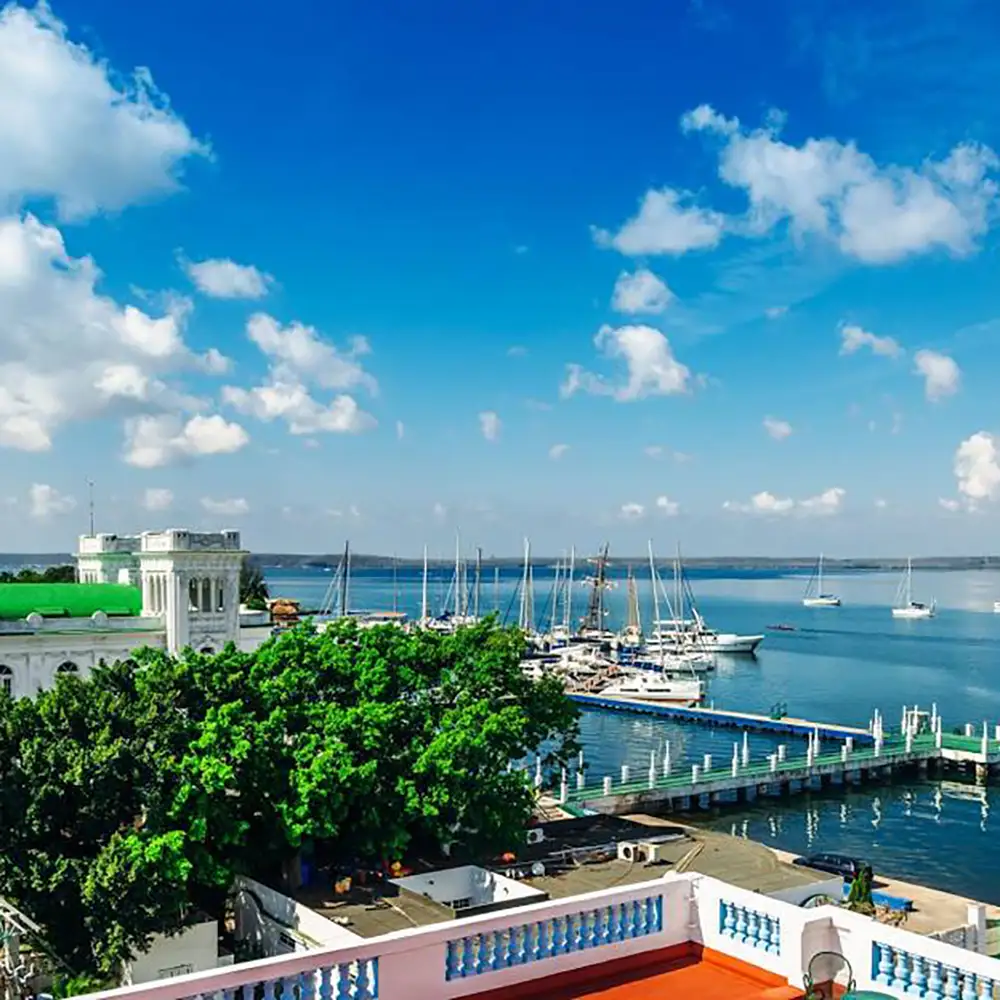
Passage from Cienfuegos to Cayo Largo
It is around 70 miles from Cienfuegos to Cayo Largo, so we may do this overnight under the Caribbean stars, allowing us to arrive at this Cay in daylight hours. With so much coral around, mangroves and shifting sands, this is always wise in this part of the world. It’s an exciting and exhilarating sail that will really set you up for what is to come
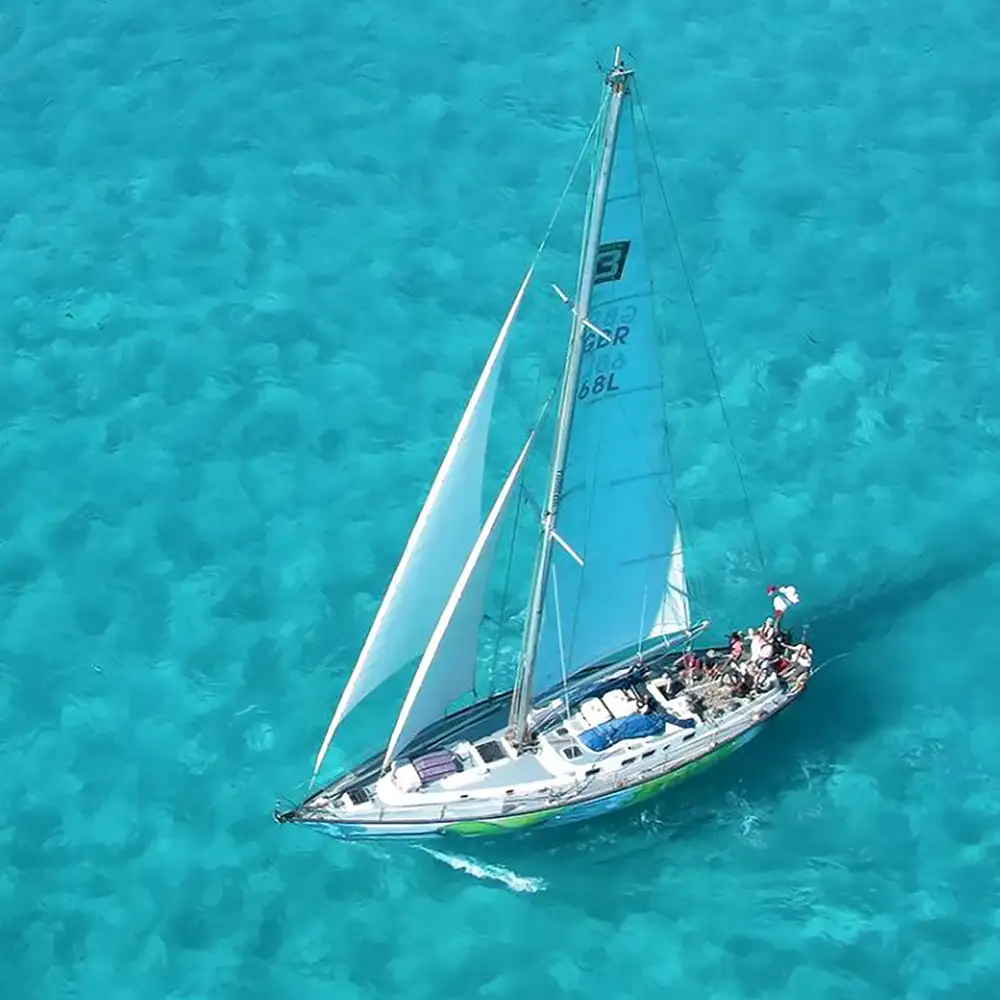
Cayo Largo
Cayo Largo del Sur, commonly known as Cayo Largo, is part of the Canarreos Archipelago. Cayo Largo is renowned for its natural beauty, boasting some of the most beautiful beaches in the Caribbean. Playa Sirena, Playa Paraiso, and Playa Blanca are among the most popular, offering miles of soft, white sand and crystal-clear waters. The beaches are ideal for sunbathing, swimming, and enjoying breathtaking sunsets. The island’s surrounding waters are teeming with marine life, making it an excellent spot for snorkeling and diving. The coral reefs are home to a really diverse array of fish, sea turtles, and other marine species. There are often guided diving and snorkeling tours, which often include visits to shipwrecks and beautiful coral formations. The Sea Turtle Hatchery (Centro de Rescate de Tortugas Marinas) is a great place to learn about sea turtles and the conservation work being done to protect them. Depending on the season, you might also have the chance to witness turtle hatchlings making their way to the sea.
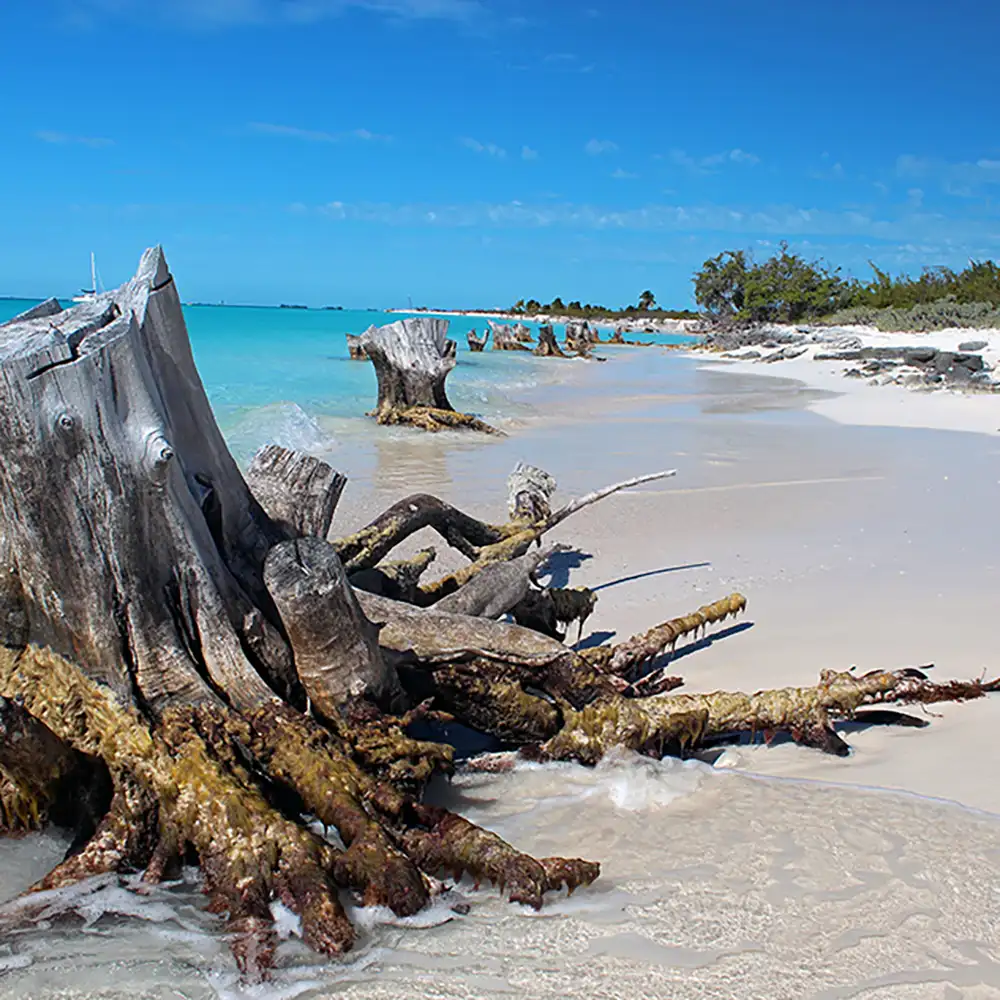
Cayo Rosario
Cayo Rosario has a good anchorage and is an uninhabited jewel within the Canarreos Archipelago, not far from Cayo Largo. It is world-renowned for its beaches and crystal-clear waters, and coral reefs. It is surrounded by some of the most spectacular coral reefs in the Caribbean, making it a paradise for snorkeling and diving. The waters around the island are teeming with a variety of fish, sea turtles, and other marine species.. it is only accessible by boat from Cayo Largo and has no facilities, making it a true deserted island. It is a rare escape into a world where the beauty of the natural environment is meticulously preserved.
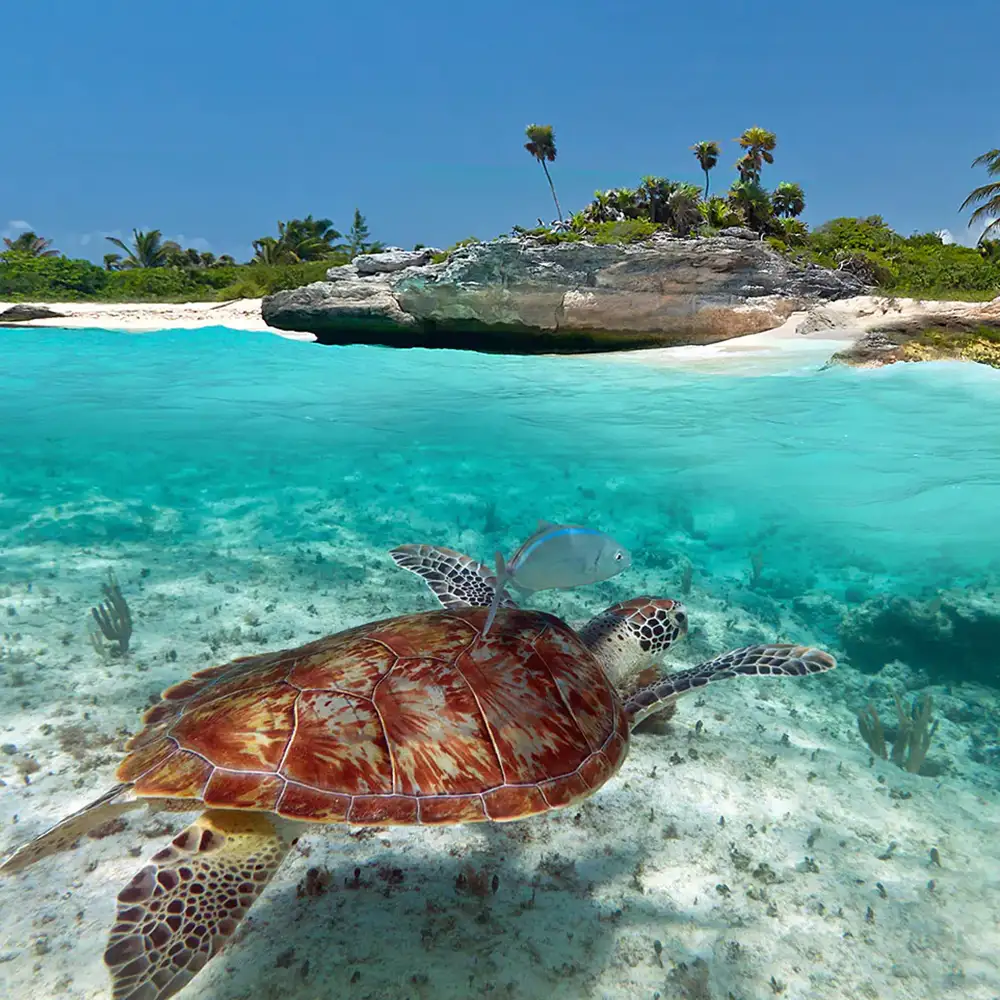
Isla de la Juventud
Isla de la Juventud is Cuba’s second-largest island and located about 50 miles south of the mainland. It is a unique mix of history, natural beauty, and culture. Historically significant as a penal colony during both Spanish rule and later under Cuban governance, it gained notoriety for housing Fidel Castro in the Presidio Modelo, an abandoned panopticon-style prison, after his initial uprising. Isla de la Juventud is also renowned for its stunning natural landscapes, including beaches, forests, and the world-class Punta Frances Marine National Park. It encompasses a significant portion of the island’s southwestern coast, providing protection to a wide array of ecosystems, including mangroves, sea grass beds, and coral reefs. These ecosystems are home to an impressive biodiversity, including endangered species such as sea turtles and black coral. Puerto Frances itself has a beautiful beach we can enjoy.
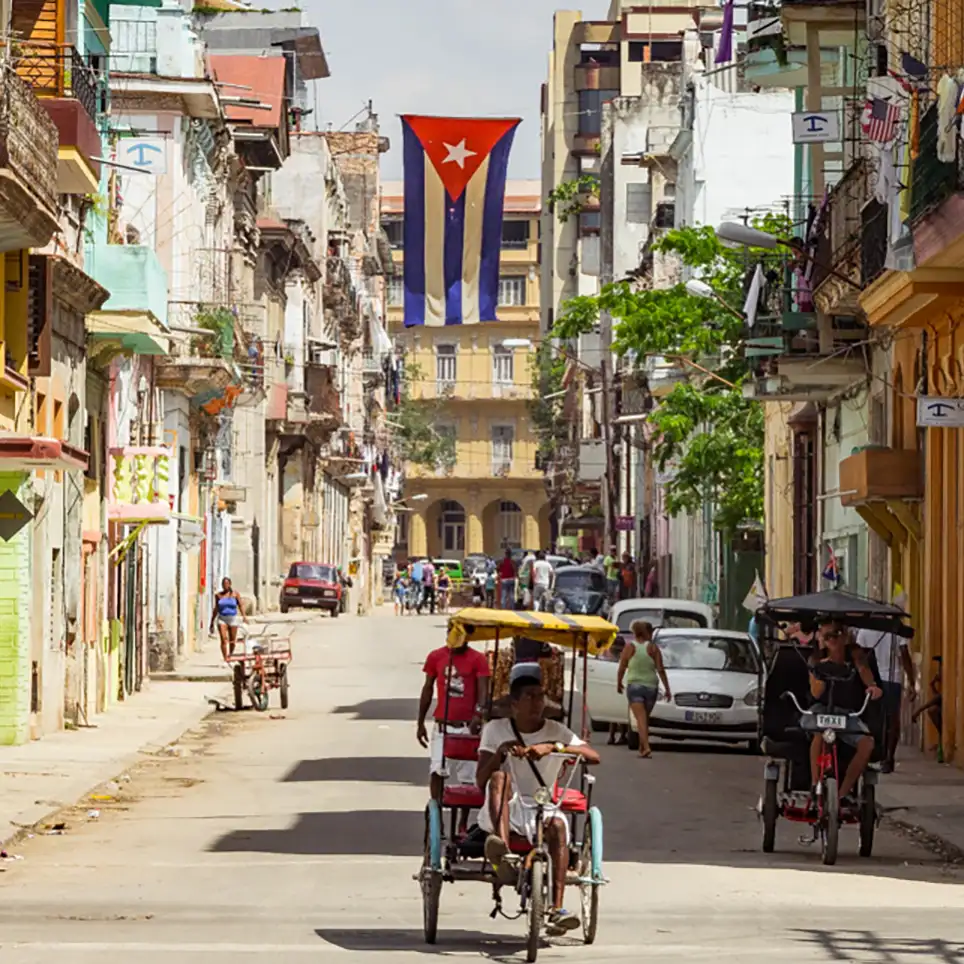
Cayo San Felipe
Cayo San Felipe is one of the lesser-known gems in the Canarreos Archipelago. This small, secluded island is part of the pristine and ecologically significant area that is cherished for its unspoiled natural beauty. itis famous for its rich biodiversity, including mangrove forests, coral reefs, and an abundance of marine life. The island itself is largely uninhabited and this has helped protect its beaches, coral reefs, and the variety of wildlife that calls it home.
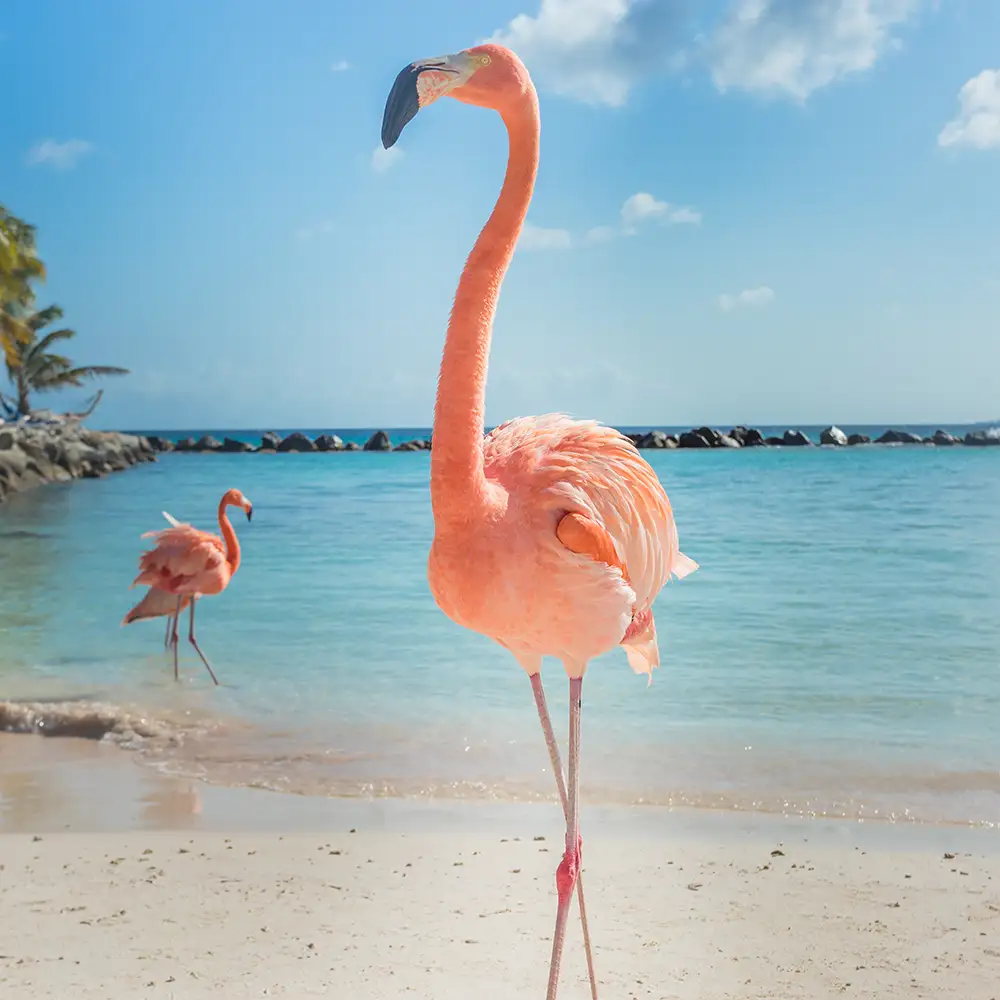
Maria La Gorda